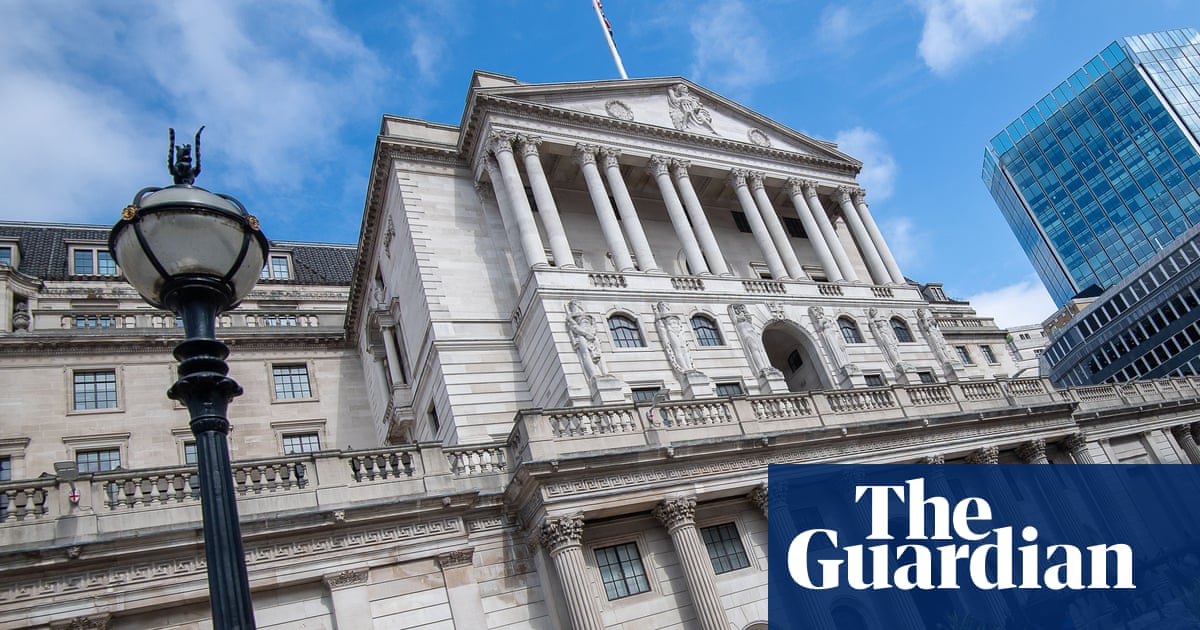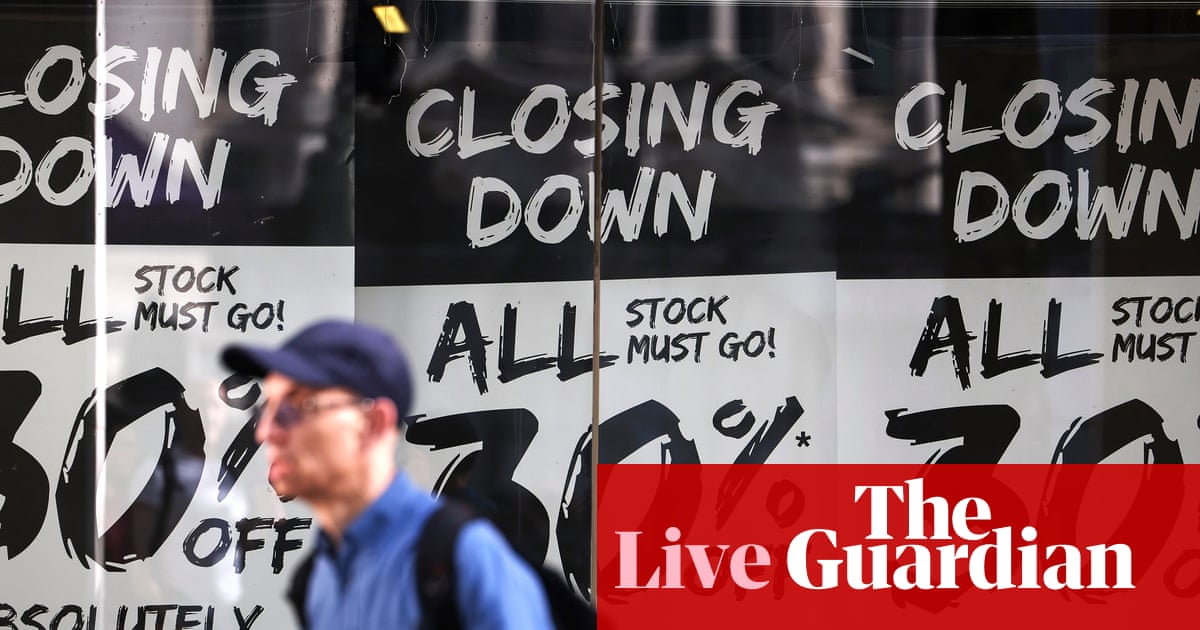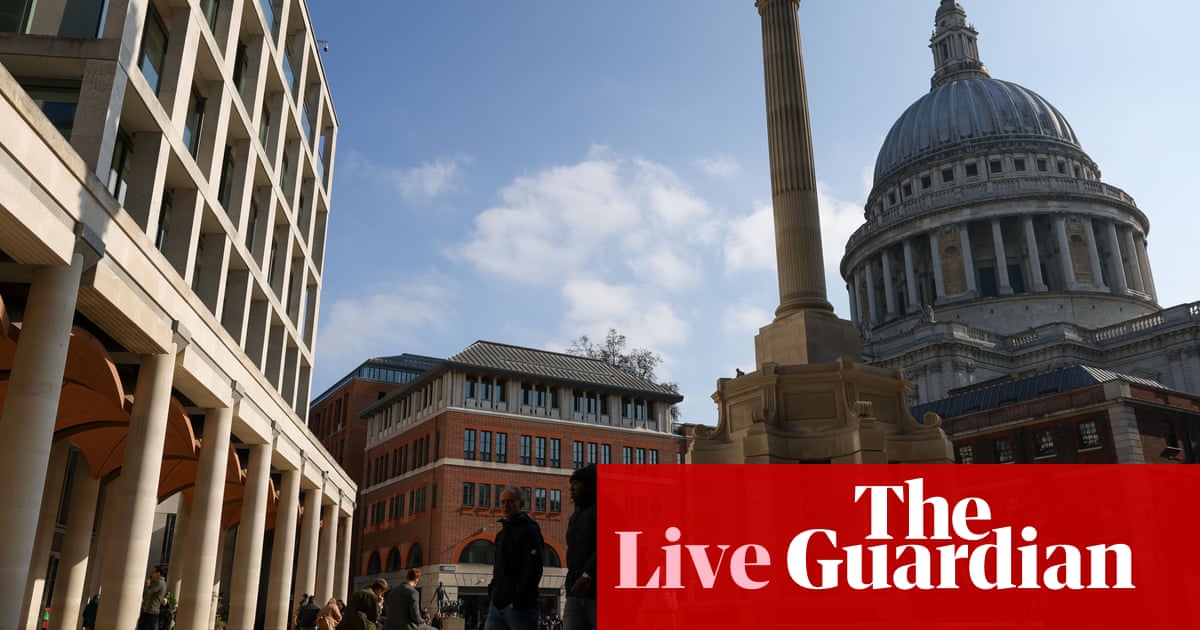T4K3.news
Bank of England expected to lower interest rates by 0.25%
The central bank plans to cut rates to 4% amid rising unemployment and tariff impacts.

Policymakers expect a rate cut as the UK faces economic challenges.
Bank of England set to reduce interest rates amid rising unemployment and Trump’s tariffs
The Bank of England is likely to reduce interest rates to 4% to support the economy amid increasing unemployment and the impact of new tariffs from Donald Trump. City traders suggest there is over an 80% chance of this reduction happening at the upcoming monetary policy committee meeting. This rate cut would mark the fifth since last August and aims to lower mortgage rates and borrowing costs for struggling businesses. Economic indicators show concerning trends, including a 0.1% contraction in May and an increase in the unemployment rate to 4.7%, the highest since June 2021. Additional tariffs imposed by the U.S. are further hurting global trade and growth prospects. The International Monetary Fund warns that the UK economy might only expand by 0.1% in the latter half of the year, with signs pointing to a potential stagflation period ahead.
Key Takeaways
"Signs of lingering price pressures will mean the committee remains cautious."
This insight highlights the MPC's worries about inflation persisting despite lowered rates.
"The increase in food prices is particularly important to the MPC as it feeds through to households' inflation expectations."
This statement emphasizes how assorted price pressures could impact decision-making at the Bank of England.
The anticipated interest rate cut reflects a delicate balancing act for the Bank of England as it navigates rising unemployment and external threats from trade tariffs. While lowering rates could provide short-term relief, economists are concerned about inflation remaining high and possibly escalating. The mixed signals from the labor market suggest deeper issues at play, where job losses could fuel further economic uncertainty. The threat of stagflation looms large, forcing the MPC to reconsider its strategies. If inflation expectations rise, this might limit the effectiveness of further rate cuts.
Highlights
- Cutting rates amid rising unemployment presents a serious challenge.
- High inflation and weak growth create a complex economic landscape.
- Future MPC decisions will reflect the risks of stagflation.
- Tariffs may be a key factor in the UK’s economic downturn.
Economic risks mount from interest rate cuts and tariffs
The anticipated interest rate cut may struggle to stimulate growth due to rising unemployment and persistent inflation. Tariffs could exacerbate these challenges by damping trade further.
The upcoming MPC meeting may set the tone for the UK's economic policy in the challenging months ahead.
Enjoyed this? Let your friends know!
Related News

Company insolvencies drop in England and Wales
:max_bytes(150000):strip_icc()/GettyImages-2227723534-b867774a1c2d4a538a289a44bae02b57.jpg)
Stocks Decline as Powell Shares Outlook on Interest Rates

Federal Reserve set to cut interest rates again

UK house prices increase in July

FTSE 100 share index reaches 9,000 points

Australia's inflation hits 2.1 percent in second quarter

Pound Sterling Declines Against Euro

Mortgage approvals increase as housing market stabilizes
